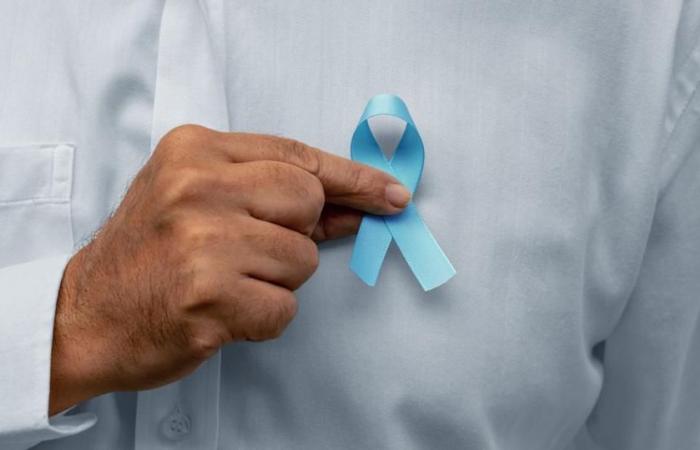For many years in October, the annual Pink October breast cancer screening awareness campaign aims in particular to raise funds for research. On the same principle, since 2003, Novembre Bleu has been raising awareness about the prevention of male cancers.
The fall season rhymes with that of prevention. From October 1 to 31, the Pink October breast cancer awareness campaign is in full swing, as it has been every year since 2003. Certain institutions such as the League Against Cancer are doing everything they can to teach women how to detect a possible abnormality on their breasts. , and organize numerous events to collect valuable donations.
From November 1, communication around male cancers, launched in Australia, then takes place under the name “Blue November”. Like Pink October, this period is dedicated to educating and mobilizing men on the subject of screening, and more precisely to prevent testicular and even prostate cancer.
In order to raise awareness among the general public, numerous actions are implemented during the month in companies such as the famous “Movember”, an international charity event organized by the Movember Foundation Charity, whose principle is to grow a mustache.
“Put your facial hair to a good cause. Grow a mustache, raise funds, engage in discussions and help finance vital projects in favor of men’s health,” we can read on the movement’s website.
Although relatively rare, testicular cancer requires early detection to ensure rapid and effective intervention. Its signs can be manifested by variations in size, pain or a feeling of heaviness in the testicular region. But in some cases, it can progress without showing any discernible symptoms.
1.4 million PROSTATE CANCERS each year worldwide
Concerning the prostate, men aged over 50, but also those with risk factors, such as a family history or with metabolic syndrome, are invited to regularly monitor this part of their anatomy with the doctor in order to carry out assessments. screening.
The aim is to promote therapeutic measures adapted to the patient, if necessary. Signs that may be worrying are an abnormal frequency of the need to urinate, difficulty passing urine, pain when urinating, or even the presence of blood in the urine or semen.
According to figures from the League Against Cancer, more than 640,000 men suffered from prostate cancer in 2017 in France, while there were nearly 60,000 new annual cases in 2018. It ranks first among cancers in terms of frequency in humans with more than 1.4 million cases recorded each year worldwide.







